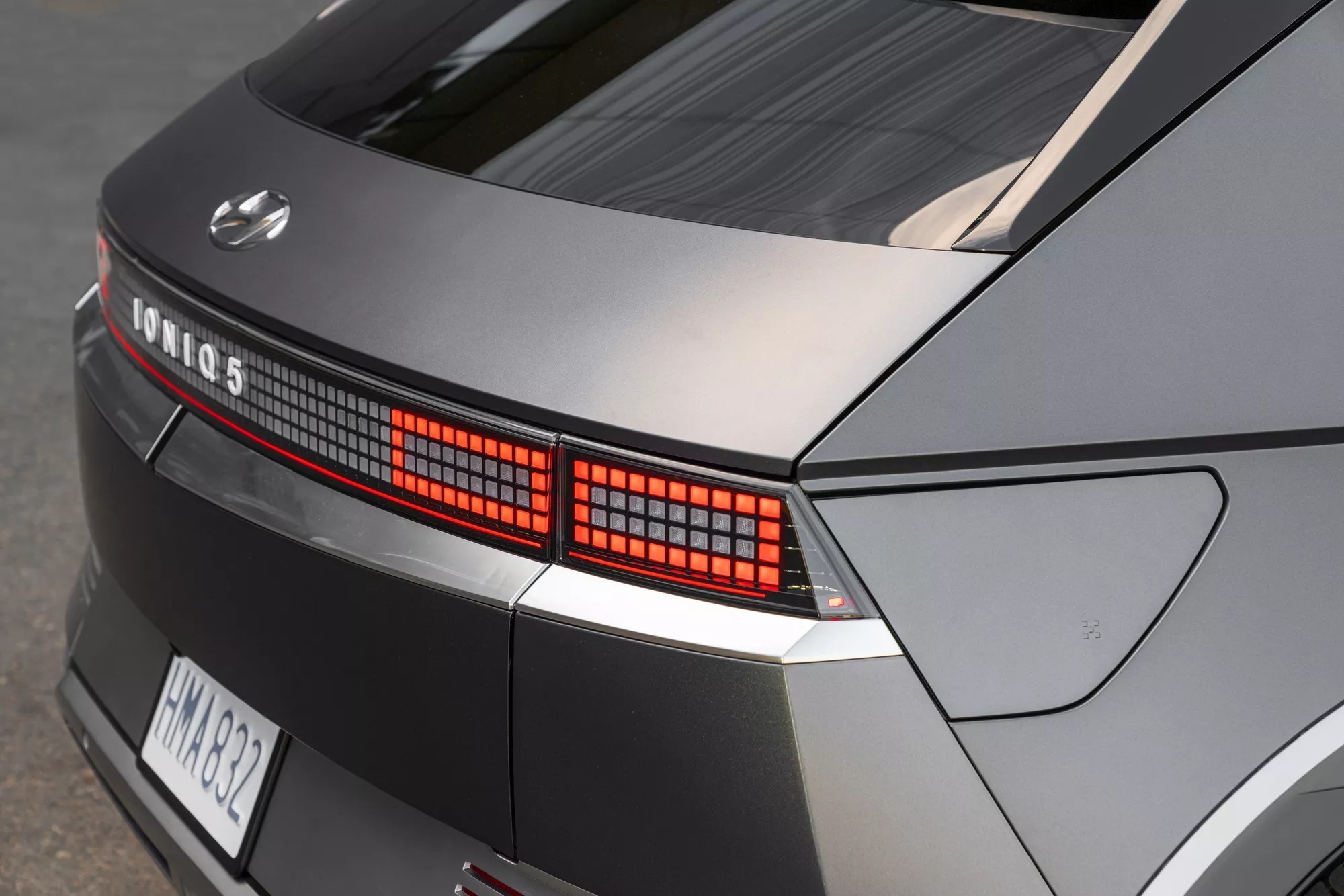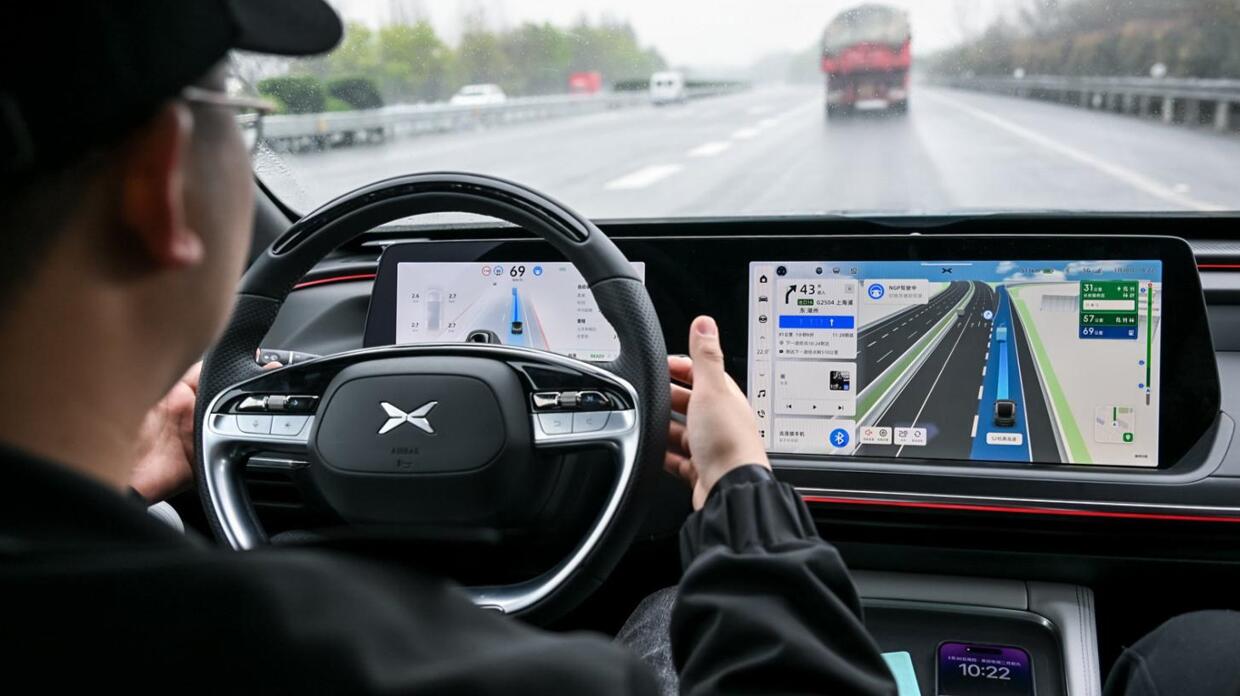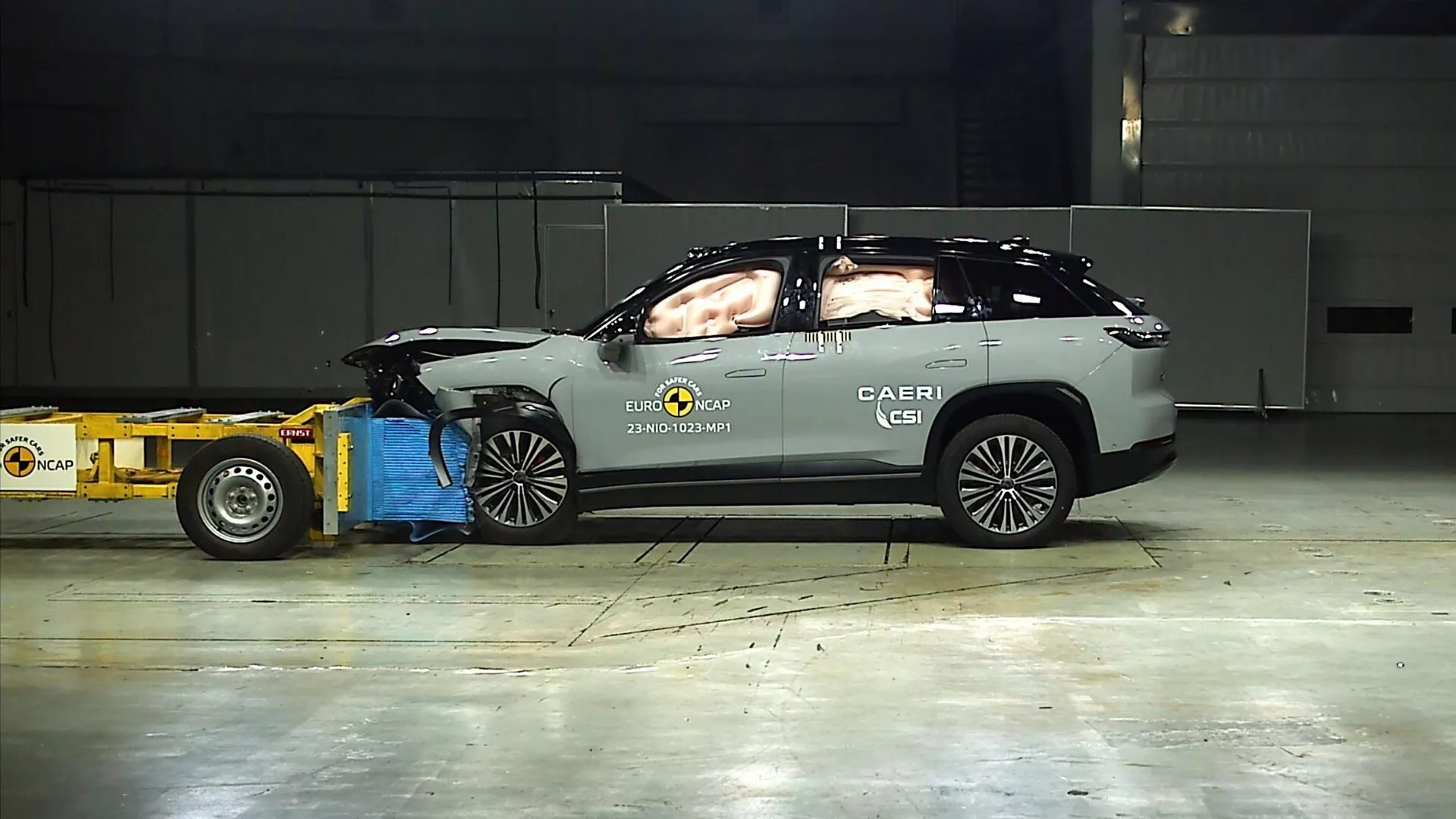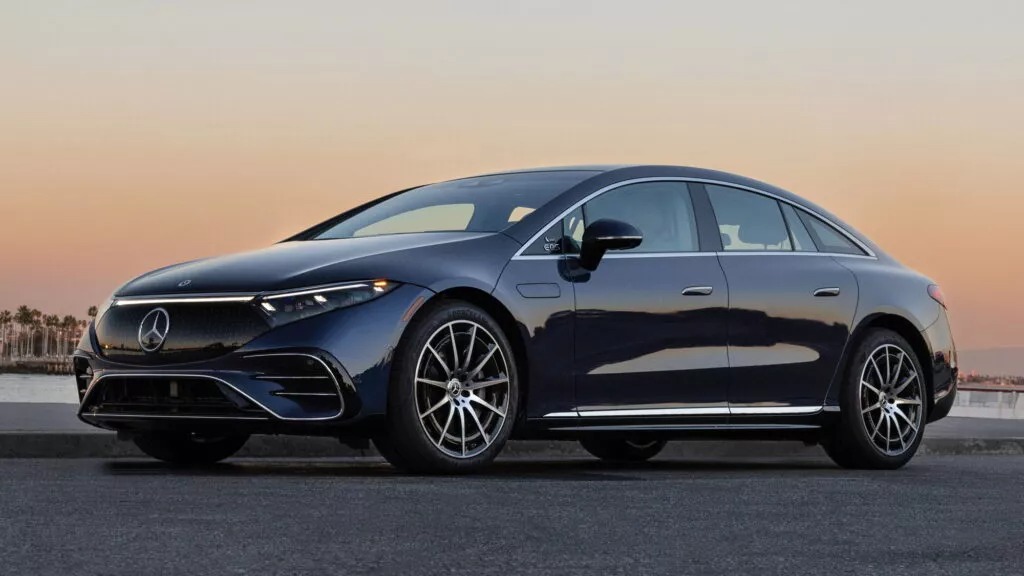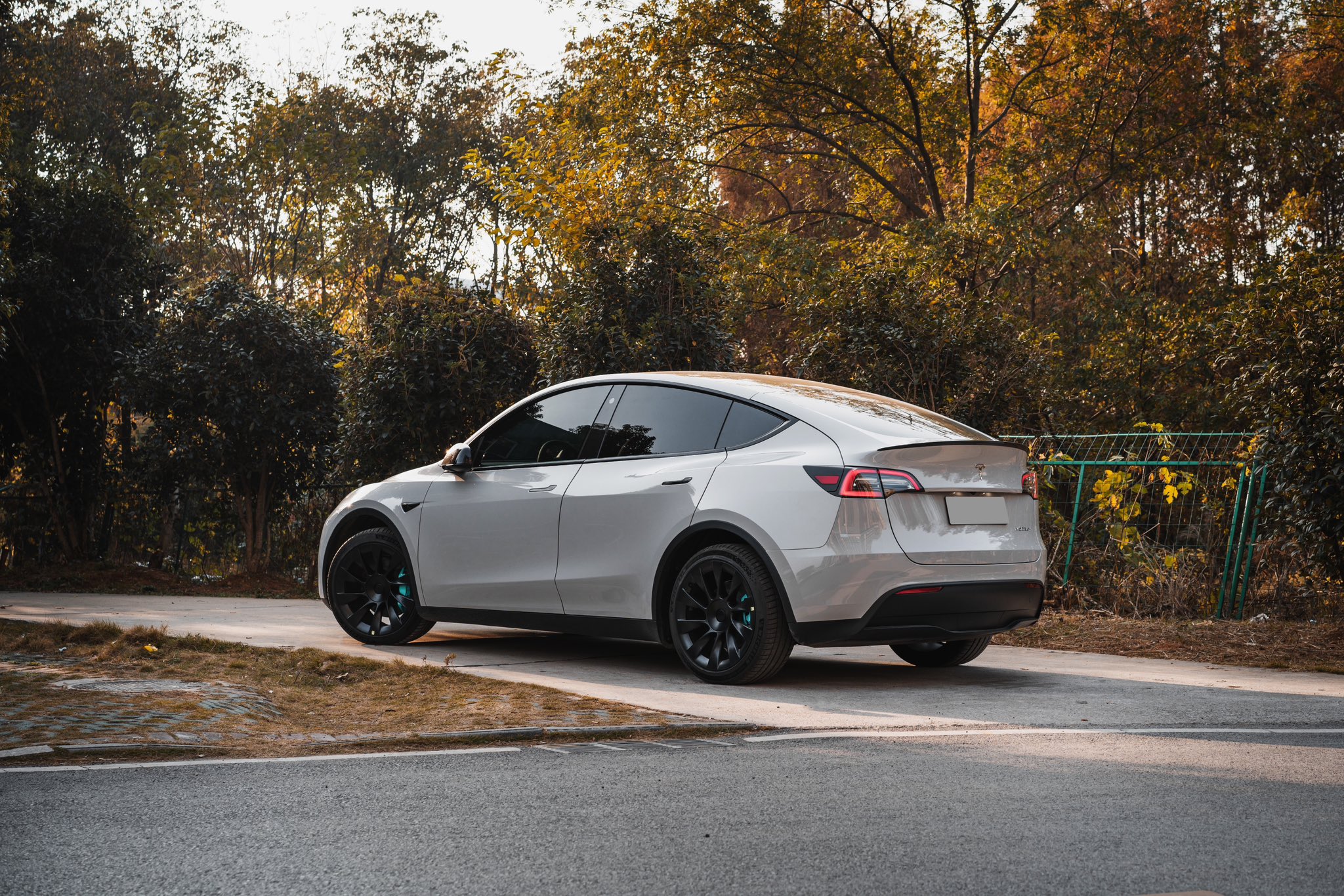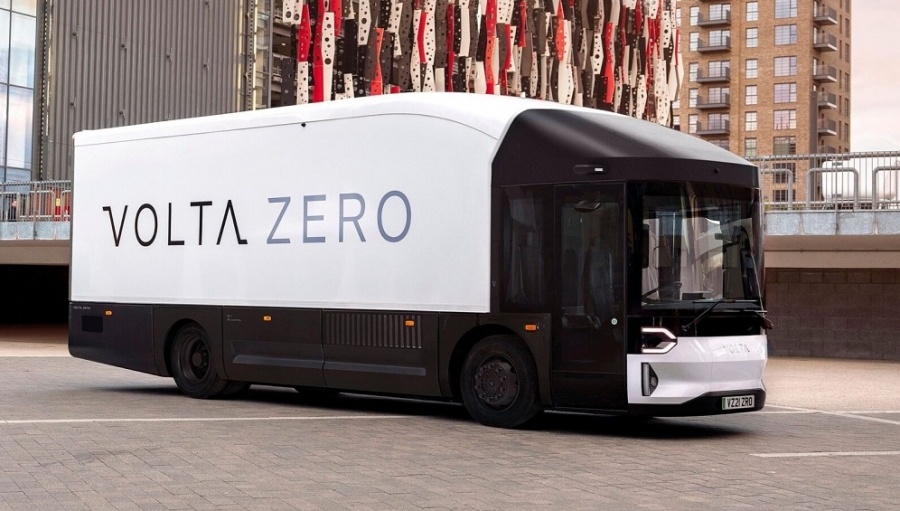Hyundai Motor Group’s electric vehicles (EVs) are facing a design issue related to regenerative braking, potentially compromising safety on the road. Recent research suggests that these vehicles may slow down quickly without adequately warning other drivers.
The concern about vehicles decelerating without the driver pressing the brake pedal has been acknowledged in the past. However, it was most recently brought to attention by Technology Connections, a YouTube channel. The channel highlighted the brake lights of the Hyundai Ioniq 5, which failed to illuminate while the vehicle was slowing down in one-pedal driving mode. Despite the absence of foot pressure on the brake pedal, the extent of deceleration raised concerns for the host of the video.
The video quickly gained popularity, accumulating over 2 million views and catching the attention of Consumer Reports. The organization conducted an investigation and discovered that several Hyundai Motor Group vehicles, including the 2022 Ioniq 5 SEL, the 2023 Genesis GV60 Advanced, the 2023 Electrified GV70, the 2022 Kia EV6 Wind AWD, and the 2023 Niro EV Wind, failed to illuminate their brake lights during significant deceleration.
Consumer Reports also found that most EVs in Hyundai’s fleet, including the Ioniq 6, did activate their brake lights when the regenerative braking system slowed the vehicle by a slight but noticeable amount of braking force, around 0.1g. In light of this issue, Jennifer Stockburger, the director of operations at Consumer Reports Auto Test Center, recommended affected EV drivers to stick with Level 1 or Level 2 regenerative-braking modes and avoid using the stronger Level 3 and i-Pedal modes.
Hyundai acknowledged the raised concerns but clarified that their vehicles comply with all relevant federal regulations regarding braking. This brings into question the National Highway Traffic Safety Administration (NHTSA), which may be lagging behind current developments.
A spokesperson from the NHTSA stated that the existing federal regulation, Federal Motor Vehicle Safety Standard No. 108, does not require brake lamps to activate at a specific level of deceleration. The agency intends to discuss the issue of brake lamps with the respective manufacturers during their scheduled meetings, although no new requirements have been established yet.
Consumer Reports also discovered brake light issues in Mercedes’ electric vehicles during their testing. In “Strong Recuperation” mode, the brake lights turn off as the vehicle comes to a stop. Although the brake lights illuminate when the vehicle starts slowing, they turn off when the speed drops below 5 mph (8 km/h). This behavior may be due to Mercedes’ design choice to reduce aggressiveness in deceleration at low speeds, aiming to provide a smoother braking experience. While Mercedes claims compliance with federal regulations, Consumer Reports argues that this still poses a safety risk.
Alex Knizek, CR’s head of auto testing, emphasized the importance of safety and suggested that a vehicle’s brake lights should remain on when the vehicle is stationary, simulating the presence of the driver’s foot on the brake pedal. This would enhance the vehicle’s visibility to approaching vehicles from behind and indicate the driver’s intention to remain stopped.

